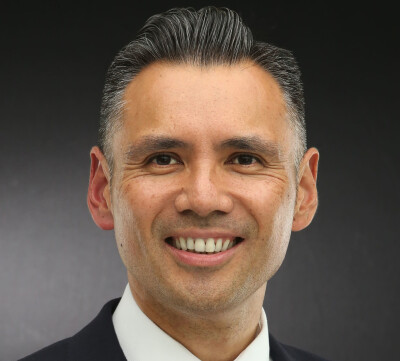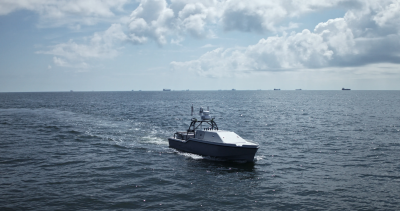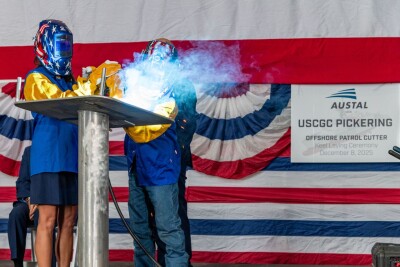Maritime high schools help prepare kids to fill industry needs
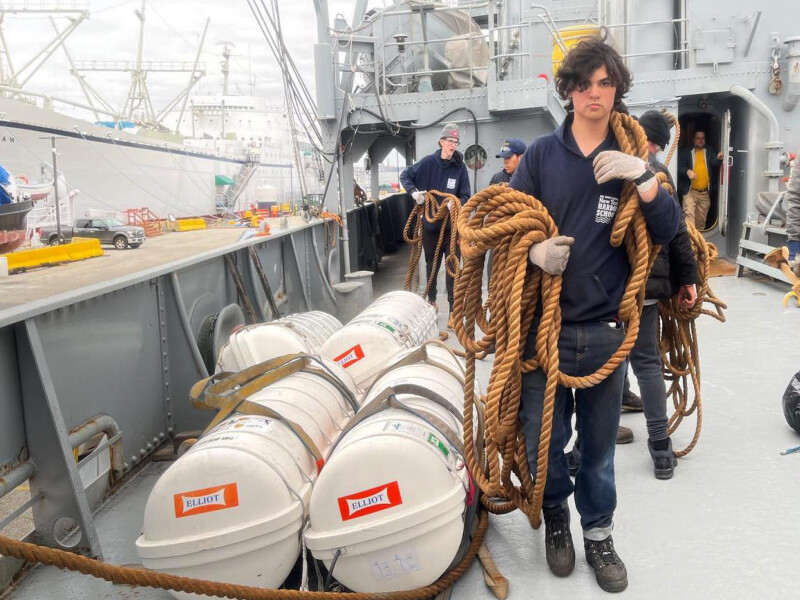
It’s well known that the maritime industry, like many others, faces what’s being called a “silver tsunami” of older men and women who are aging out of the workforce. However, finding replacements is often frustratingly difficult because much of the work usually requires extensive training and documented time at sea.
One approach to refilling the ranks is early recruitment into secondary school programs that will set young people on the path to full-time careers, either on the water or on the beach, in support positions.
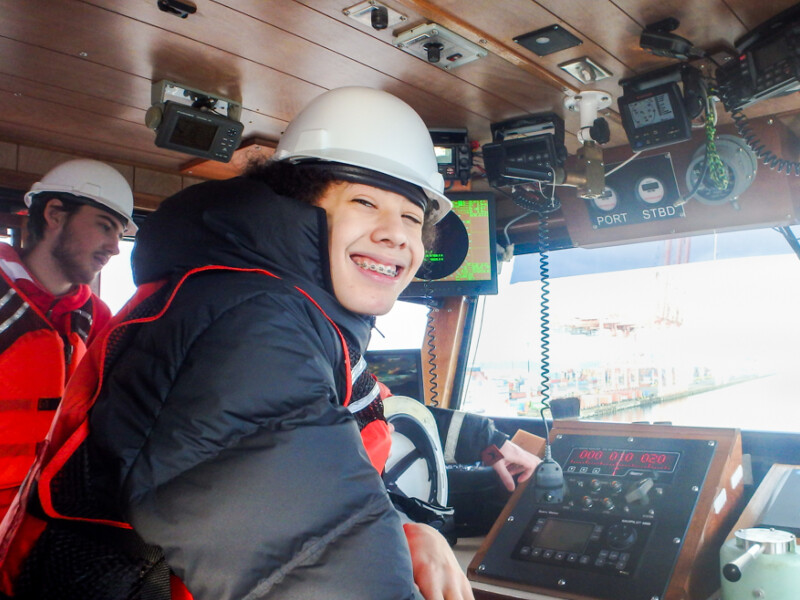
MARITIME HIGH SCHOOL (DES MOINES, WASH.)
One such program, now in its third year in the Puget Sound area, is the Maritime High School in Des Moines, Wash. (between Seattle and Tacoma). The school is part of Highline Public Schools, but students from outside the district are welcome and even recruited.
The recently stood-up school has two direct antecedents. One is the Raisbeck Aviation High School in Tukwila, Wash. Located next to Boeing Field and the Museum of Flight that school is an aviation- and aerospace-themed school with an emphasis on science, technology, engineering, and math (STEM). It, too, flies under the wing of the Highline School District, even though the school itself is in the Seattle District. Because the location is ideal, being in Seattle also reserves a set number of seats for students from the Seattle district.
Not long after being elected to the Port of Seattle Commission in 2019, Ryan Calkins was invited to the Raisbeck School to help judge student projects.
“Each year, the tenth graders do a project in which they take a real-world scenario and, in groups, do a creative proposal on how to address the problem,” said Calkins. “I was just so extraordinarily impressed with what these tenth graders were doing, with these real-world case studies within the aviation context where they were applying things like math and science and civics to actual work that they were doing in school.”
It was in the parking lot at the end of the day that Calkins had an epiphany: “I just turned to a Port of Seattle staff person with me and said, ‘Why don’t we have something like this for maritime?’”
And now they do, thanks to Commissioner Calkins and three other influential individuals, including the superintendent of Highline Public Schools (Susan Enfield), the CEO of the Northwest Maritime Center (NWMC) in Port Townsend (Jake Beattie), and the executive director of the Duwamish River Community Coalition (Paulina Lopez).
After many meetings with stakeholders, industry leaders, education professionals, philanthropists, government entities, and elected officials, the “core four” coalesced around the concept of a small school of about 400 students in ninth through 12th grades. “The focus would be on recruiting kids who wouldn’t have historically been a part of the maritime industry,” said Calkins. “We wanted to make sure that we were well represented with girls and also students of color and to try to address some of the lack of representation in a lot of these maritime trades, which was an industry concern.” On top of that, there was an interest in sustainability. “That came from the community participants and also from educators. They saw a real desire among their students for education that focused on climate action.”
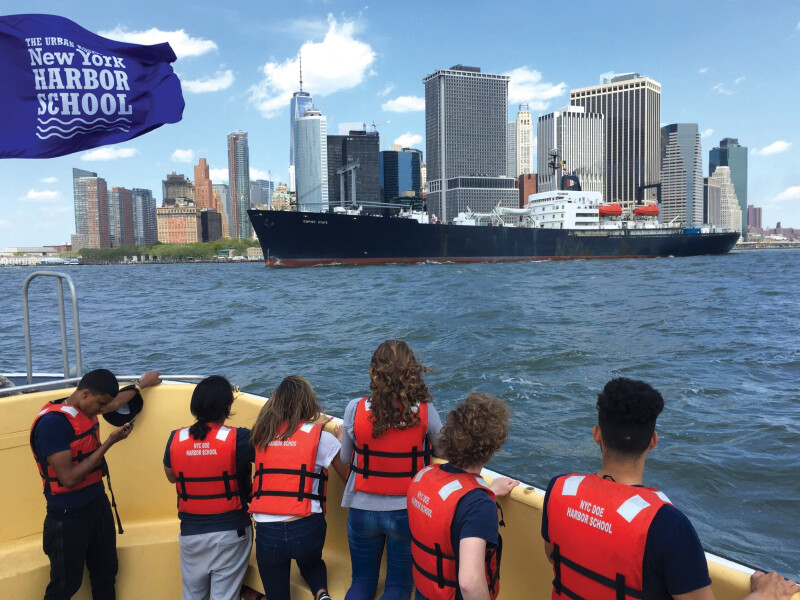
New York City’s Harbor School
In many ways, the model for the new Maritime High School is the Urban Assembly Harbor School in New York City. Created in the early 2000s as part of a city-wide secondary school overhaul, the Harbor School was initially landlocked in Brooklyn but in 2010 moved to Governor’s Island, a short ferry ride from the southern end of Manhattan. The old Coast Guard base was available for renovation and revitalization and has reemerged as the campus for a high school specifically created to train future mariners, marine scientists, and industry leaders. The current enrollment is about 500 students in ninth through 12th grades.
New York City’s secondary schools now include a wide variety of education/vocational options that middle school kids can choose from. Students rank their choice from one to 12. Harbor School is so popular that it gets many more number-ones from prospective students than it can accommodate. The school is currently expanding, however, and hopes to double its year-class size as a result.
Along with renovation of existing buildings, there will also be more labs, a new gym and a deep pool. Michael Cohen, the school’s partnerships manager, said the pool will save students a lot of time spent commuting to a pool in Brooklyn.
“We have been trying for years to get an on-site pool,” he said. “So it’s very exciting that we’re having a custom-designed pool with a ten-foot-deep end so they can actually do their open water dive training and certification.” Cohen is talking about the school’s professional diving course, the only one of its kind in the U.S. “The goal is to get them that first certification as early as possible, and then that qualifies them to grow and to actually dive professionally.”
The divers also participate in the school’s number-one project, the Billion Oyster Project. Created by a past aquaculture teacher at the Harbor School, the Billion Oyster Project is in the process of planting that many oysters in New York Harbor by 2035. The count to date is about 127 million, according to Cohen. None of these bivalves are meant to be eaten; they’re there to naturally filter the water. Aneal Helms, the Harbor School’s interim acting principal, said that a single oyster can filter 50 gallons of water per day. With a billion oysters, said Cohen, all the water in New York Harbor will be oyster-filtered every three days.
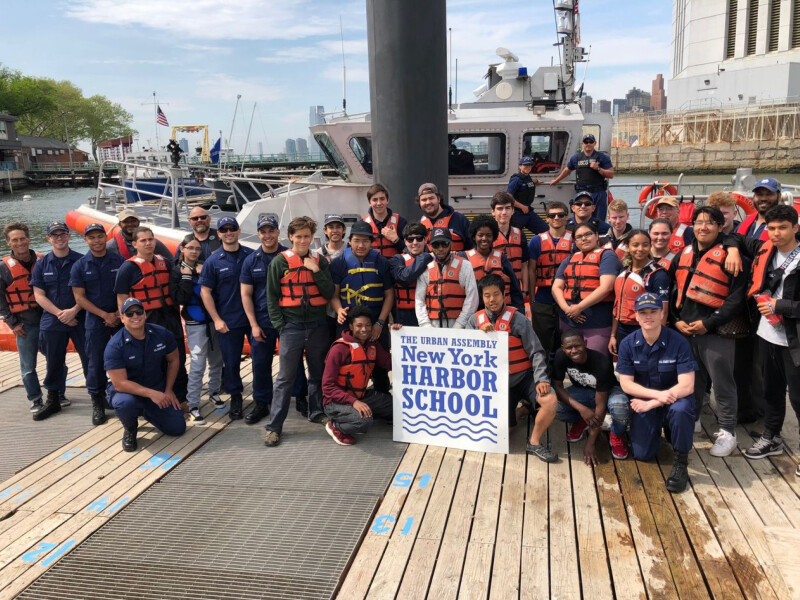
The connections between the oyster project and the school illustrate the integration of academic and practical, real-world courses called CTEs (career and technical education classes). Helms can recite them succinctly: “So the Aquaculture students grow the oysters,” she said. “The Welding and Fabrication students assemble the oyster cages; the Vessel Operations students drive the oyster cages out into the harbor to place them at the oyster reef stations. Our Marine Systems Technology students monitor and maintain those boats, our Ocean Engineering students create underwater vehicles to help monitor those oyster stations, our Marine Biology Research students collect and analyze data around those research stations, and our Marine Policy and Advocacy students are there to deal with all the red tape and bureaucracy.”
Of the eight CTE pathways Helms oversees, she only forgot one: Professional Diving, the students who help place and secure the cages.
Although the partnership between the school and the oyster project is very important and very visible, it’s not exclusive for either organization. Cohen said the school has “well over 100 organizations that we are partnered with.”
Everything from the U.S. Coast Guard to a lot of post-secondary academic institutions to many industry groups like the tug companies and Staten Island Ferry. “We’re currently working with McAllister Towing here in the harbor on getting students to obtain their Merchant Mariner Credential before leaving school,” he said. The tug company has been helping the kids secure TWIC cards, get physicals, and guide them through the process.
In addition to diving certification and Merchant Maritime Credentials (MMCs), Harbor School students also get Red Cross certification for CPR and First Aid, FCC marine radio operator permits, and New York State Safe Boating certificates. Students in the Welding & Fabrication CTE are being trained for OSHA30 certification, too.
The Maritime High School in Des Moines doesn’t have a Billion Oyster Project to help build its program, but it does have commercial support. “We have a lot of industry partners,” said Robin Mills, program director at Northwest Maritime Center, one of the high school’s “core four.” “Before the school even opened, we initiated working groups with industry input to help us understand what industry wanted from students who would be graduating and coming into their various operations.”
While the Harbor School has eight CTE pathways, initially the Maritime High School has only a few. There’s a Vessel Operations focus and a Marine Resources and Research focus. Marine Construction and Engineering is also being established as a student pathway. “We’ve had industry experts helping guide and develop the curriculum, and they continue to be involved,” she said. “It spans from Washington State Ferries (WSF) to Vigor to the whole Saltchuk Consortium to Pacific Pile & Marine, Glosten, NOAA and Washington’s Dept. of Fish & Wildlife.”
Washington State Ferries has been especially active in its support for the new high school. It has paid for a group of Maritime High students to take classes at the Seattle Maritime Academy, which is part of Seattle Central Community College, where they recently completed applications for their Merchant Mariner Credentials as part of the Vessel Operations pathway. “We paid for them to get their credentials,” said Steve Nevey, the state’s newly appointed Assistant Secretary of Transportation for Ferries. “It’s on us as an industry to build out that base of young people coming in,” he added. “Whether they work at your company or another company. We need to build a robust base so that we can continue to have a robust industry with a robust pool of people that we can pull from in the future. I’ve got no guarantee that those kids are going to work for WSF, but if they work in the industry somewhere I think that’s a benefit for all of us.”
WSF is also working on setting up a summer school program for middle school students who are interested in attending the Maritime High School. “We would have kids spend a week on a ferry as a sort of classroom at sea where they could work on a project and see if they wanted to go further with the maritime program,” said Nevey.
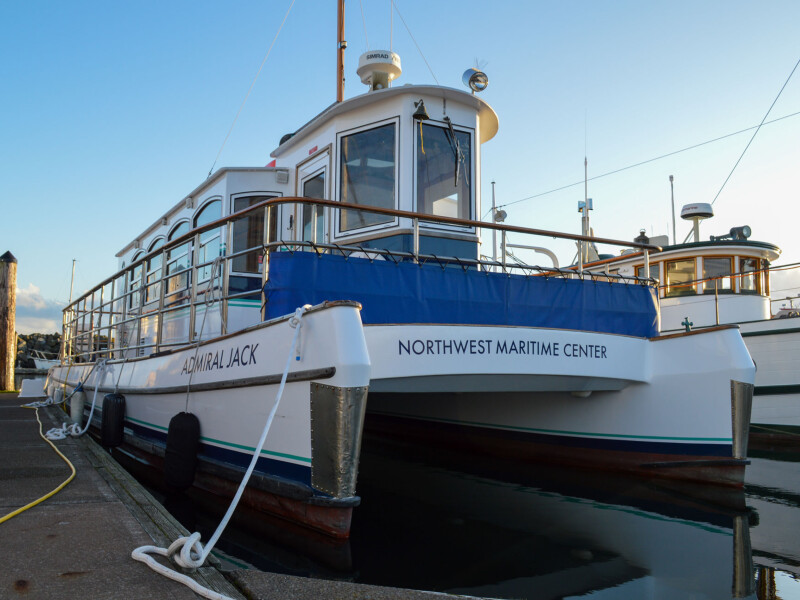
Washington State Ferries has also initiated a scholarship program that underwrites a three-year professional course at MITAG’s Seattle facility that will develop licensed deck officers. Graduates will come out as second mates, making over $100,000 a year. “I see the kids in this high school program as the ideal candidates to get those scholarships when they graduate,” said Nevey. “The kids would be in a prime position to carry on with their career with WSF and on up to the pilothouse to become a captain one day.”
The Maritime High School partnership with Seattle Maritime Academy will also generate more marine engineers. Along with their basic MMC, the students in this program will graduate with a Qualified Member of the Engineering Department certification (QMED). With that, they will be eligible for internships at WSF and other industry partners.
Both Harbor School and Maritime High School offer a blend of instruction that is both college prep and vocational. Students can move on to college or even maritime academies. Or they can go straight to a good job. “How often can you go to a high school, get college credit and certifications so you can go out at 19 years old and make $50,000 a year,” said Jamilla Gordon, the Maritime High School principal. “That’s unheard of, right? I want to ensure that kids know about it.”
Introducing kids to career opportunities in maritime is an important function for both schools, each actively reaching out to communities that have had little interaction with the industry. The Harbor School promotes its programs at various high school fairs around the city and hosts lots of middle-school students learning about the Billion Oyster Project. The Maritime High School has access to the Admiral Jack, a 40' catamaran owned by NWMC, and it uses the boat to help recruit middle school students. It’s also a training vessel during the school year, especially for ninth and 10th graders.
While New York’s Harbor School is expanding its campus with an eye to increasing its enrollment, the Maritime High School in Puget Sound is looking to graduate its first class in 2025 and move into a permanent space, ideally on or close to the water. Right now, it’s situated in temporary facilities. “Getting a permanent home is our next big focus for the Maritime High School,” said Commissioner Calkins. “We've looked at a lot of options like the idea of a decommissioned vessel that's permanently moored. Where the kids could not only go to class but also work on a ship. We've also considered waterfront locations where they would be able to transition from classroom to field experience immediately.
“The kids are learning as much outside the classroom as they are inside,” said Calkins. “As Jake Beattie, executive director of the Northwest Maritime Center, puts it, “There’s no greater teacher than the sea.”




